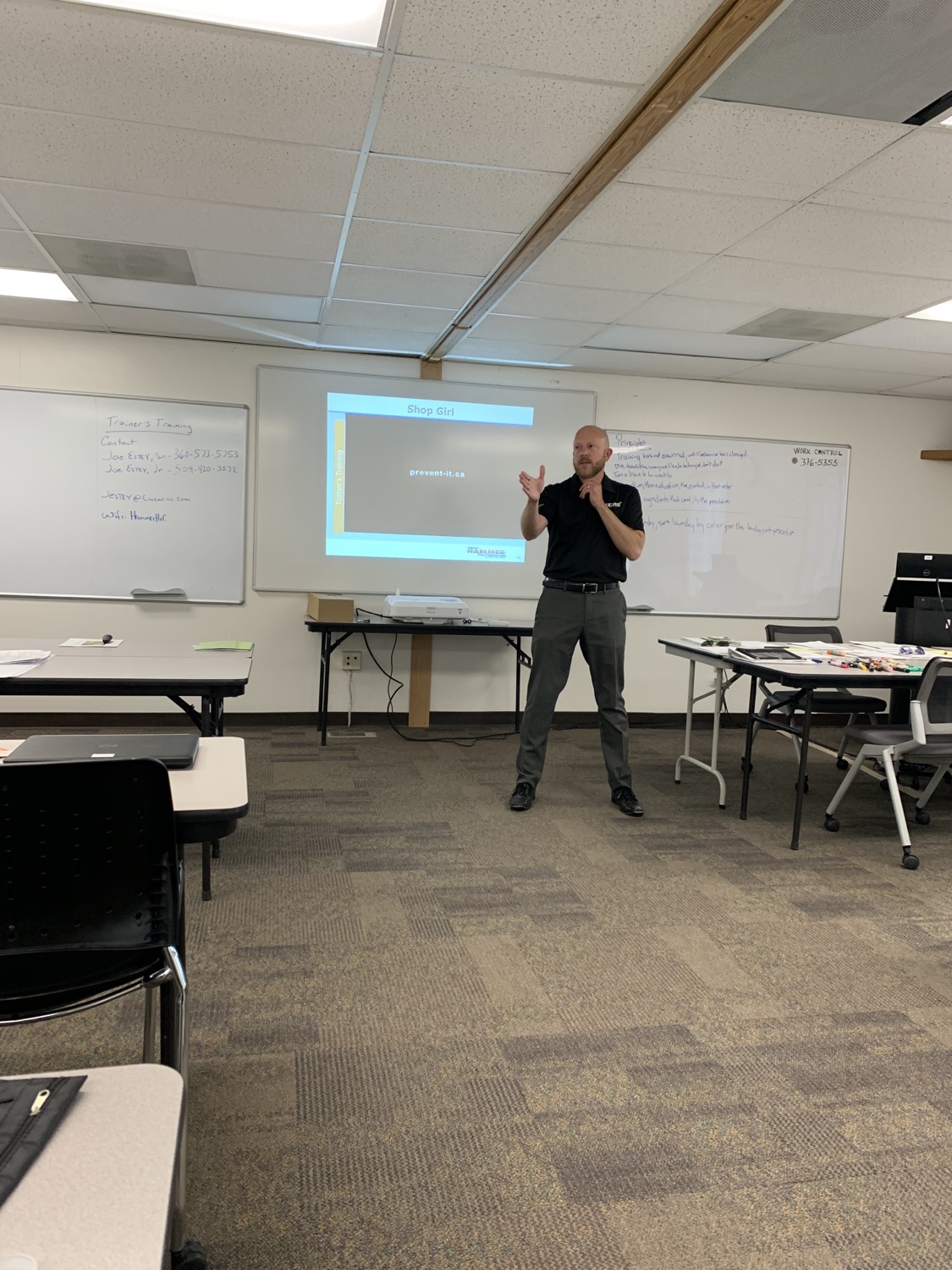Don't Forget the People
- Lucas OPT

- Mar 5, 2021
- 2 min read
In modern society, is it acceptable for a patient to experience a three-week gap in medication use due to a computer error?
The answer should always be no. Yet, this exact scenario happened when a Prescription Drug Monitoring Program (PDMP) was set to stop certain Rxs after a pre-determined time. The concept of Lean Human Performance Improvement (HPI) offers a Three-Component Work System Model, that would have caught this programming error.
As Rosemary Gibson, a senior adviser to the Hastings Center states, “we have a cascade of gadgets and equipment that’s just raining down on the healthcare system. Even the most competent people in the world can’t do that safely.”
Enter the Three-Component Work System Model: tools, tasks and people. The importance, regarding this model is that people will build computer programs or physical equipment (tools) that work in a certain way (tasks), but the Person is not involved until using it in the field.

This is the human-interface issue. Unless we continually keep track of the human interaction with systems and tasks, we cannot accurately solve the problem when an error occurs. When a worker makes an error in a computer program, and they respond, “I didn’t realize I had to use it that way,” those responsible for the change should be starting with the human error, then studying the latent organizational weaknesses allowing it to happen. If we simply end the evaluation of this instance with human error, we never realize the root cause of the problem. As Edward Deming states, “every system is designed to give you the results you are getting.” The system must include the people as part of the process.
How do you incorporate human-interface into your operations? Well…here is one example?
MedStar launched the National Center for Human Factors in Healthcare to address safety issues with new technology deployment. The center:
Works with medical equipment developers & hospitals to observe the human-technology interface and decide safe outcomes
Allows end users to visit a simulation lab to use a piece of equipment prior to using it in the field
Sets up hospital simulation rooms, complete with mannequins as patients and all the actual equipment in the room

The medical space is not the only one to see new changes in their worksite technology. Each worker, at any level of an organization, should focus on the whole model of work when initiating change. Communication is critical to creating a positive workplace and will help to eliminate or mitigate errors that occur during these changes.
Remember, don’t forget the people to ensure effective system design.
For more information on Lean HPI, check out the book “Lean Human Performance Improvement,” by Jerry Harbour.








Comments